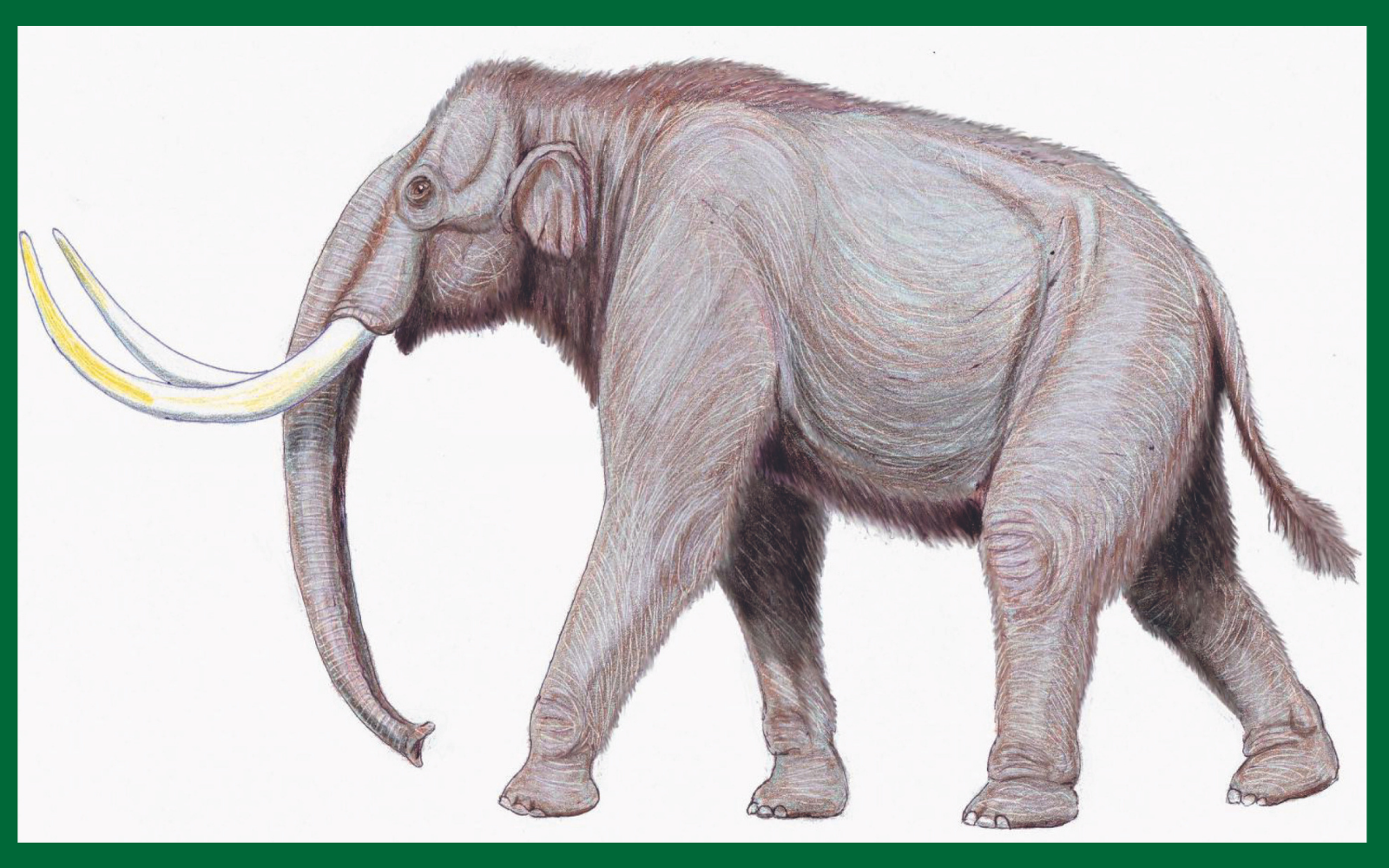 Of all the prehistoric creatures that once filled the skies, you don’t get much bigger — or weirder — than the Quetzalcoatlus.
Of all the prehistoric creatures that once filled the skies, you don’t get much bigger — or weirder — than the Quetzalcoatlus.
“You’re talking an animal that stands up like a giraffe, the size of a small plane,” said Gary Staab, the Missouri sculptor behind “Quetzy,” the 26-foot-long replica that looms over the entrance inside the Witte Museum. “I mean, they’re weird, right? Pterosaurs are really beautifully strange.”
With its Cessna-size wings and long neck, the Quetzalcoatlus (ket-suhl-kow-AT-luhs) was one of the largest known animals to ever take flight. But it also made quite the impression on land, including what’s now Texas and San Antonio, where it would tread on all fours and shred its prey with its long pointy beak.
“It was one of the primary predators in its ecosystem,” said Thomas Adams, Witte Museum curator of paleontology and geology, who noted the Quetzalcoatlus probably even took on the mighty Tyrannosaurus rex in its day.
Quetzy shares the air at the Witte with other flying pterosaurs on a 30-by-30 foot LCD screen, and a couple of skeletal models of the Quetzalcoatlus grace the Witte, as well. Here’s a closer look at the Quetzalcoatlus, a true winged wonder.
Some Texas-size proportions. The Quetzalcoatlus did indeed loom large, with a wingspan alone around 33 to 36 feet, about half the length of a bowling lane.
It’s believed the Quetzalcoatlus flew at speeds up to 100 miles per hour. That must have looked like a giant sand storm, what with the Quetzalcoatlus’ sandy color and hairlike structures called pycnofibers.
The Quetzalcoatlus weighed around 550 pounds and stood 8 feet tall at the shoulder, with a 10-foot-long neck and a 6-foot-long pointy beak.
A big flier, but not a dinosaur. Quetzalcoatlus (Quetzalcoatlus northropi) existed around 70 to 65 million years ago during the Late Cretaceous period. The Quetzalcoatlus is a pterosaur, which basically means a flying reptile. So it’s not a dinosaur.
“Pterosaurs evolutionarily are closely related to dinosaurs,” Adams said, “but they are just really close cousins.” Quetzalcoatlus, however, did live in the time of dinosaurs in what’s now Texas and North America.
A Texas titan named after a god and an aircraft buff. Geology grad student Douglas Lawson discovered the first Quetzalcoatlus fossils in 1971 at Big Bend National Park in southwest Texas.
Lawson named his find “Quetzalcoatlus northropi,” with nods to Quetzalcóatl, the Aztecs’ feathered serpent god, and John Northrop, an American aircraft industrialist who was an early proponent of tail-less aircraft design.
But they probably started out small. It’s believed pterosaurs laid eggs, so Quetzalcoatlus young likely hatched. And those kids grew up fast.
“The fact that this is an animal that goes from an egg the size of a papaya or maybe smaller to the size of a giraffe in a fairly short amount of time is amazing,” Adams said.
It ate like a heron, or perhaps a vulture. Early theories suggested the Quetzalcoatlus ate fish by skimming over water, but the Quetzalcoatlus’s size and inland fossils point to feeding on land or near streams.
The Quetzalcoatlus did not have teeth, so it likely speared its prey with its long beak like a heron. It’s believed to have picked off small dinosaurs but also to have fed on carcasses like a giant vulture.
“They were carnivores,” Adams said. “I imagine something this large would have had a high metabolism.”
On ExpressNews.com: Yep, San Antonio gets its share of wild alligators. On guard, Fluffy!
It likely used all four limbs to walk and to get in the air. You’d think an animal as big as the Quetzalcoatlus would not even get off the ground. But recent study shows that not only did the Quetzalcoatlus walk on all fours, it likely used all four limbs to push itself up into air.
“It would have been a magnificent flier, more of a soarer,” Adams said.
The Quetzalcoatlus was no Rodan. Despite its massive size, the Quetzalcoatlus doesn’t pop up much in pop culture. Movies and television shows tend to give screen-time to other pterosaurs or variations such as Rodan, the flying monster that debuted in 1956 and appeared in several Godzilla films.
But even if the Quetzalcoatlus never gets its Hollywood due, at least it steals the show in San Antonio with its larger than life stand-in at the Witte.
“The whole goal of creating these sculptures is to elicit a wow,” Staab said. “And if we can get that and cause kids to think about the world in a different way … they can make a tiny discovery that might influence further investigation. We need visual impact and we want to inspire.”




0 Comments